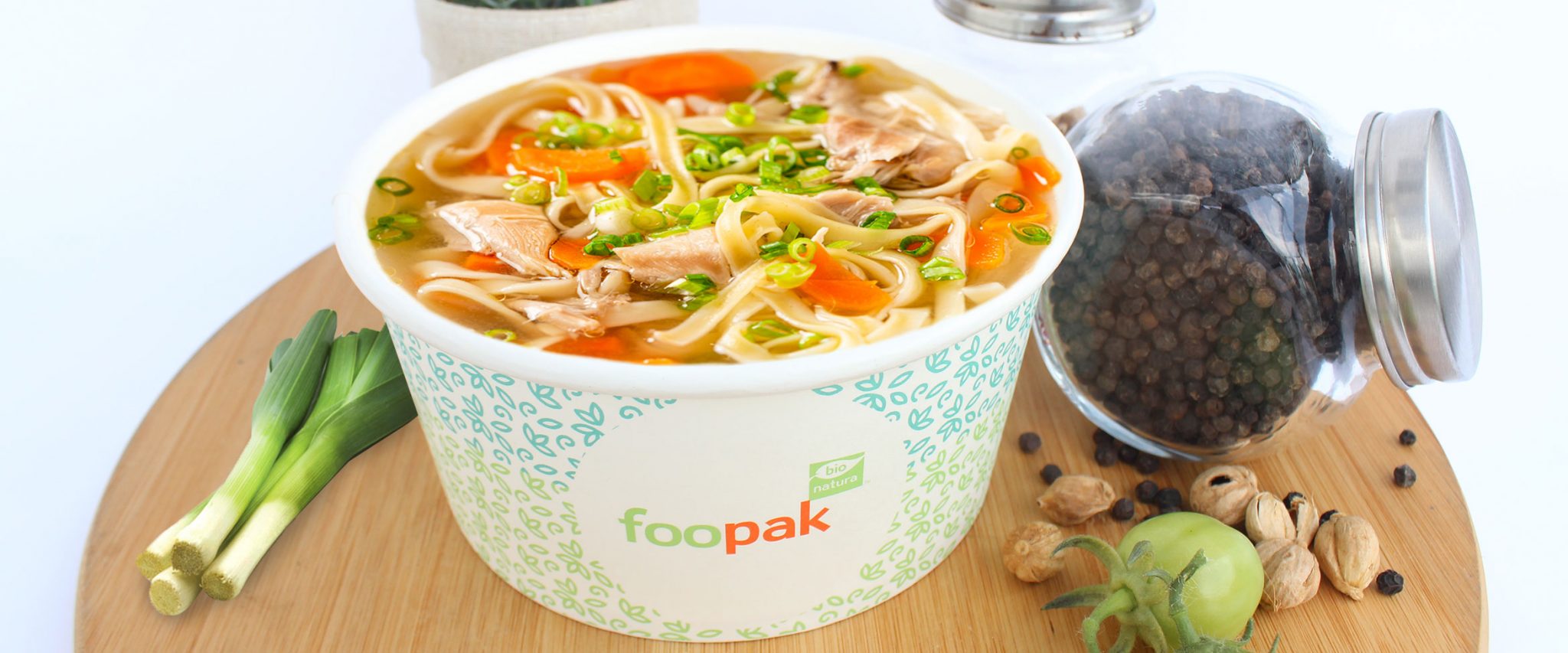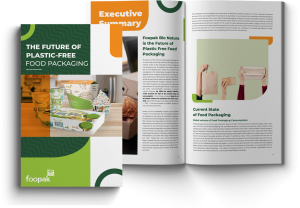
Paper bowls are commonly used for containers of various types of food such as cream soup, chicken/beef soup & vegetable soup. Each country has a different kind of soup. For example, Indonesia has a variety of soupy foods such as Soto, rawon, and noodle soup. In Japan there is miso soup, ramen, sukiyaki, shabu – shabu, and in China has steamboat. The combination of choices makes this food very difficult to ignore. No wonder soupy food has huge market potential. But do you realize that the paper bowl we have been using daily has a plastic coating inside?
During the Covid-19 pandemic, the demand for food delivery services is increasing. Data from McKinsey stated that food delivery trends had risen significantly since the beginning of Covid-19. The market grew 4 to 7 times in 2020 until early 2021 in several countries such as Canada, Australia, US & UK. The results of GrabFood’s research entitled “Laporan Tren Makanan dan Minuman Indonesia 2020/2021” stated that food businesses ordered using delivery services increased four times throughout 2020. This also increased the demand for paper bowls as the right container for fast foods and soup-related food.
With this increased demand for food delivery, the food stall needs to apply packaging to transport the food to the consumer conveniently and safely. The packaging often uses plastic polypropylene (PP) or a paper bowl to deliver the needs. However, those plastic packaging and plastic lining in the paper bowl create new problems for the environment, tons of tons of plastic waste will be poured into the landfill and ocean, and the decomposing process takes tens to hundreds of years. Paper bowls with plastic layers make the recycling process difficult, especially separating the plastic and paper layers. Not many recycling facilities can perform the separation process between plastic and paper. Although the paper mill tries to receive the waste, the mill will limit how many it can recycle.
This issue has challenged restaurants and brand owners to provide safe, comfortable, and sustainable products. Currently, consumers are aware of the importance of environmentally friendly food packaging and have started to move from plastics to the non-plastic alternative. According to the results of a mini-survey conducted by Foopak, consumers are even willing to pay more to replace food packaging that is more environmentally friendly.
Foopak created an environmentally friendly paper innovation for paper bowl applications, Foopak Bio Natura, responding to this challenge. Foopak Bio Natura is a plastic-free paper (certified by Flustix), recycled and even composted at home for 24 weeks. Foopak Bio Natura is also 3rd party tested compliance for Food and Drug Administration (FDA) and ISEGA for the safety of direct contact with food and can be used in the microwave for a maximum of 3 minutes. It is safe to put in the oven as well. In addition, this Foopak Bio Natura paper has also received Halal certification from the Indonesian Ulema Council (MUI).
It is time to raise awareness of the paper bowl that we use to be plastic-free and environmentally friendly. Start yourself to change a more environmentally friendly lifestyle to keep our earth free from plastic waste!

